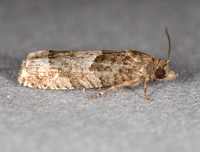
| Recorded by: Jim Petranka on 2025-09-24
Madison Co.
Comment: | 
| Recorded by: Lior S. Carlson, Dean Furbish, John F. Jarvis on 2025-09-05
Orange Co.
Comment: |

| Recorded by: Jeff Niznik, David George on 2025-08-29
Moore Co.
Comment: | 
| Recorded by: Jim Petranka, Mark Basinger and Becky Elkin on 2025-08-29
Richmond Co.
Comment: |

| Recorded by: Jim Petranka, Mark Basinger and Becky Elkin on 2025-08-29
Richmond Co.
Comment: | 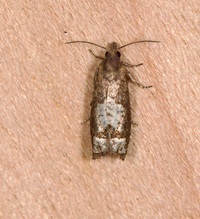
| Recorded by: Jim Petranka, Marilyn Westphal and Becky Elkin. on 2025-08-17
Henderson Co.
Comment: |

| Recorded by: Jim Petranka, Marilyn Westphal and Becky Elkin. on 2025-08-17
Henderson Co.
Comment: | 
| Recorded by: David George, Kevin Bischof, Rich Teper, Patrick Coin on 2025-08-16
Transylvania Co.
Comment: |
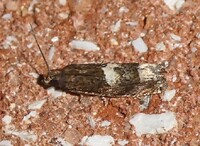
| Recorded by: Simpson Eason on 2024-09-24
Durham Co.
Comment: | 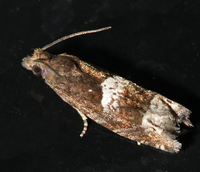
| Recorded by: Chuck Smith on 2024-09-19
Davidson Co.
Comment: |
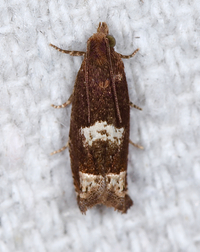
| Recorded by: Jim Petranka on 2024-09-13
Madison Co.
Comment: | 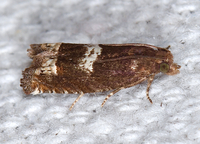
| Recorded by: Jim Petranka on 2024-09-13
Madison Co.
Comment: |
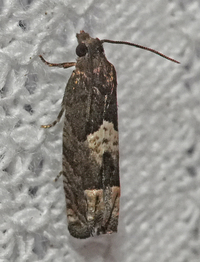
| Recorded by: Chuck Smith on 2024-09-10
Davidson Co.
Comment: | 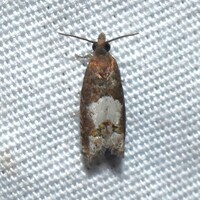
| Recorded by: Jeff Niznik, David George on 2024-09-07
Alamance Co.
Comment: |

| Recorded by: Jim Petranka on 2024-08-23
Madison Co.
Comment: | 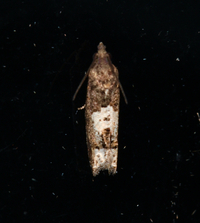
| Recorded by: Jim Petranka on 2024-08-22
Madison Co.
Comment: |
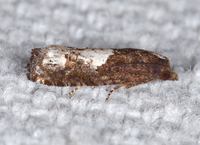
| Recorded by: Jim Petranka on 2024-08-11
Madison Co.
Comment: | 
| Recorded by: Jim Petranka on 2024-08-11
Madison Co.
Comment: |
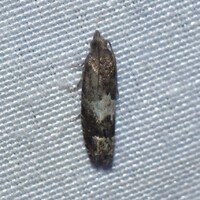
| Recorded by: David George, Jeff Niznik on 2024-08-06
Transylvania Co.
Comment: | 
| Recorded by: Jim Petranka and Becky Elkin on 2024-07-11
Madison Co.
Comment: |
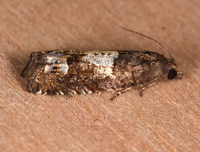
| Recorded by: Jim Petranka and Becky Elkin on 2024-07-11
Madison Co.
Comment: | 
| Recorded by: Ken Kneidel on 2023-09-16
Mecklenburg Co.
Comment: |
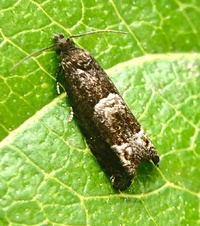
| Recorded by: Ken Kneidel on 2023-09-16
Mecklenburg Co.
Comment: | 
| Recorded by: Chuck Smith on 2023-09-06
Davidson Co.
Comment: |
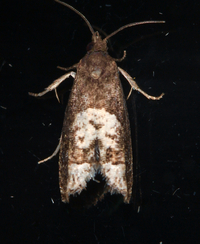
| Recorded by: Jim Petranka on 2023-08-30
Madison Co.
Comment: | 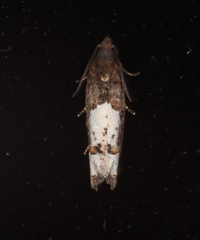
| Recorded by: Jim Petranka on 2023-08-22
Madison Co.
Comment: |
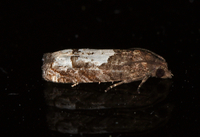
| Recorded by: Jim Petranka on 2023-08-22
Madison Co.
Comment: | 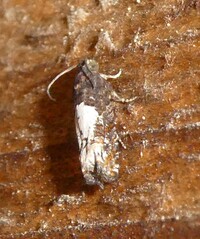
| Recorded by: Simpson Eason on 2023-08-17
Watauga Co.
Comment: |
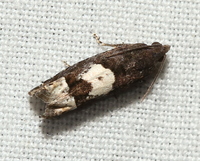
| Recorded by: David George, Stephen Dunn, Jeff Niznik on 2023-07-31
Macon Co.
Comment: | 
| Recorded by: David George, Stephen Dunn, Jeff Niznik, Rich Teper, Becky Watkins on 2023-07-30
Swain Co.
Comment: |
|

 »
»


 »
»
